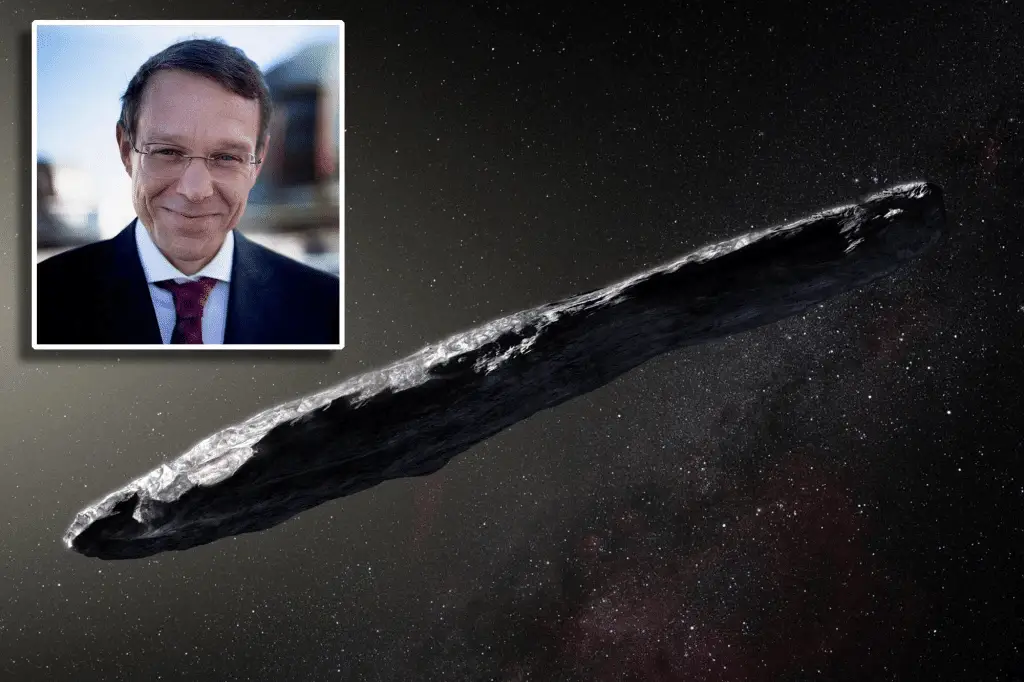When the first sight of intelligent alien life visits Earth from space, it won’t be a massive saucer hovering over New York. The chair of Harvard’s Department of Astronomy favors the possibility that it will be an extraterrestrial civilization’s trash. Avi Loeb believes he’s already found some of that trash.
The professor’s upcoming book, which will be out on January 26, lays out a compelling theory for why the object that recently wandered into our solar system was a piece of alien technology and not just another rock. Dubbed as ‘Oumuamua,’ the space object measures only about a hundred yards long, but it was a major thing in the scientific community. It was first spotted in Hawaii through the Panoramic Survey Telescope and Rapid Response System (Pan-STARRS).
Oumuamua traveled toward our solar system from star Vega, 25 light-years away from Earth, and intercepted our solar system’s orbital plane on September 6, 2017. It was the first-ever interstellar object detected inside our solar system. No crisp images were taken, but astronomers observed the thing for 11 days using their telescopes.
Scientists believed it was an ordinary comet, but Loeb suggested to have an open mind to another possibility. He explained that a cave dweller who has seen rocks all his life might have thought of a cellphone as just a shiny rock. Multiple strange properties about the space object helped Loeb conclude that it wasn’t a comet but discarded tech from an extraterrestrial civilization.
Firstly, Loeb points out Oumuamua’s dimensions. Scientists said the object was at least 5 to 10 times longer than it was wide, which resembled a cigar’s shape. No naturally occurring space body we’ve ever observed has looked like it or even close. The author also noticed the unusual brightness of the Oumuamua, which was at least ten times more reflective than known solar system comets or asteroids. He likens the object’s surface to that of shiny metal.
But the anomaly that really believed Loeb towards his alien hypothesis was the way the object moved. He says that it pushed away from the sun when it should have sped up toward the sun due to the sun’s gravitational force. Loeb writes that as the object moved away from the sun, it even accelerated slightly to a highly statistically significant extent. In other words, Oumuamua was being pushed by force besides the sun’s gravity.
The explanation seemed simple at first. The comets’ surface is warmed as they approach the sun, releasing once-frozen gases that act like a rocket engine. Those released materials form a comet’s distinctive tail, but scientists did not find any sign of gases or dust that might propel Oumuamua.
According to Loeb, skeptics are quick to assign natural origins of the object, and their explanations don’t stand up to the scrutiny of Oumuamua’s weird properties. Loeb believes that technology will soon find more space travelers, and the mystery of Oumuamua will only be settled if the same object is spotted and more thoroughly investigated with a probe.


Clickbait, LOL
Strange how it came in and left along the orbital plane of our Planets ? – as if observing our System . Also it sped up which is impossible for a rock leaving the Sun .